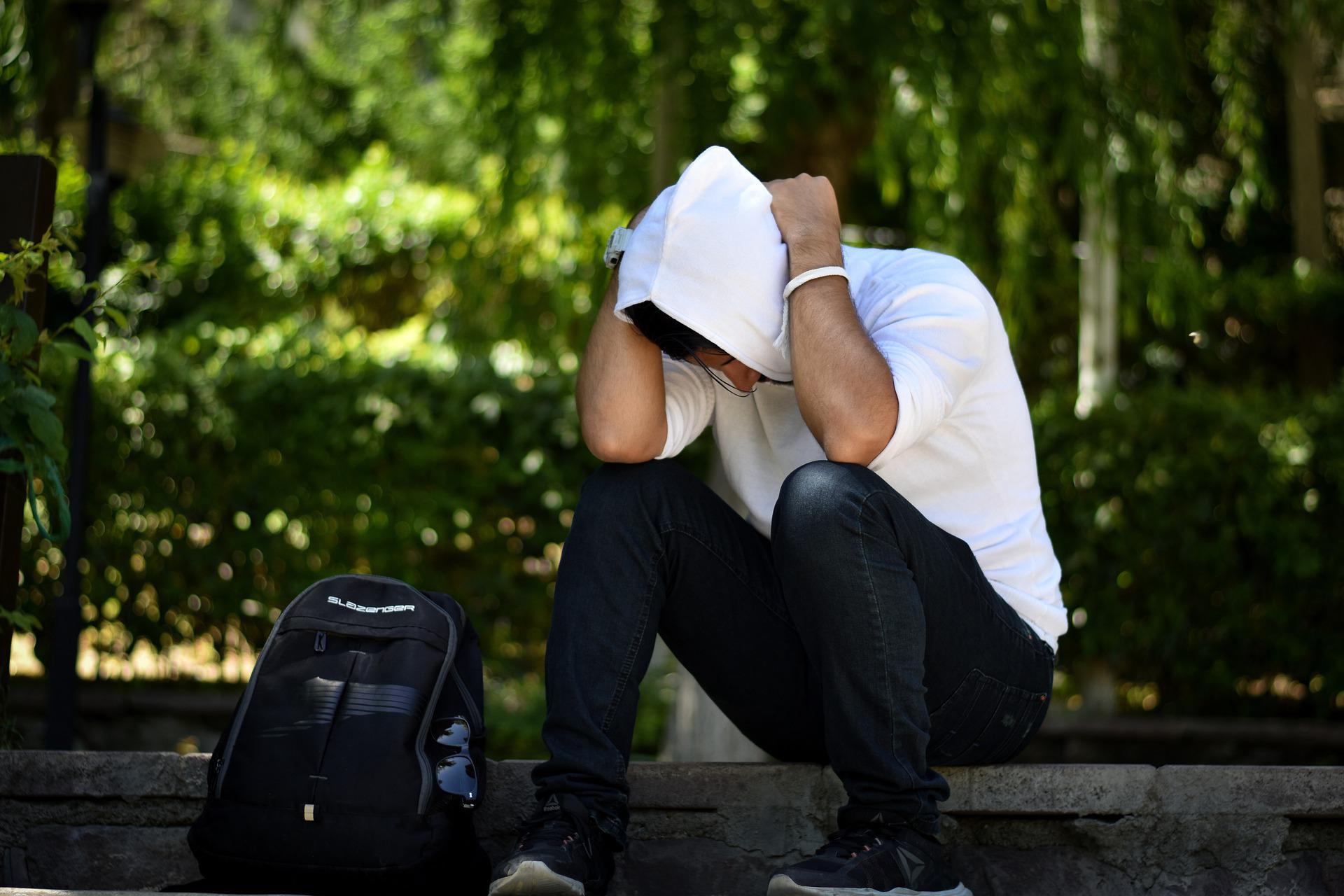Moral damage can be proved with notorious facts or presumptions

In the previous article (click here to read it) we analyzed the maxim issued by the Court of Cassation by order of 17 May 2022, according to which moral damage is independent from biological damage and the judge, consequently, should settle non-pecuniary damage by taking into account also the inner suffering experienced by the injured person as a consequence of the harmful event.
Here, however, we will analyze the principle of law expressed by the Court of Naples North in sentence n. 2462 of 28.06.2022 – in accordance with the previous rulings of the Supreme Court (among others, Cass. Civ. 15733/2022, Cass. Civ. N. 25164/20, Cass civ. 24473/2020) – regarding the demonstration of the existence of moral damage by the injured party.
The judicial process
The procedure had been initiated by a lady from Casoria, who had asked the Court of North Naples to ascertain the responsibility of the condominium in which she lived, for the physical and moral damages suffered due to a disastrous fall that occurred six years earlier, on the floor of the atrium of the building, made slippery by the presence of oily substances.
The Court, after having evaluated the preliminary findings (forensic expert witness and examination of the eyewitness of the event), considered the etiological link (ie the direct connection) between the fall, the damages suffered and the “potential harmful “of the atrium floor of the building, for which the condominium was legally responsible pursuant to art. 2051 of the civil code.
For this, the judge sentenced the condominium to compensate the plaintiff for both pecuniary (costs incurred) and non-pecuniary damage suffered.
In the settlement of non-pecuniary damage, the judge recognized only the biological damage (ie the “temporary or permanent injury to the psycho-physical integrity of the person” which negatively affects “the daily activities and dynamic-relational aspects of the life of the injured party” (Cass. Civ., ord. n. 15733/2022), excluding non-pecuniary damage, as not proven by the plaintiff.
Proof of moral damage
What evidence should the latter have to present to obtain the liquidation of moral damage?
In the sentence, the judge first clarified a principle repeatedly expressed by the Supreme Court, namely that non-pecuniary damage:
- it consists “in the interior character of the prejudice, that is, in the suffering manifested” within the injured person;
- it is “conceptually distinct from biological damage“, although it is “included together with the latter within the unitary and all-encompassing category of non-pecuniary damage“.
Subsequently, he specified that the liquidation of moral damage is not automatic, as it is the responsibility of the injured party to prove the existence of “further consequences (with respect to) the biological damage, ie the onset of personal and subjective suffering” deriving from harmful event.
Therefore, “the modifying consequences in peius of the previous situation of the injured party” (moral damage, in fact) must be proved by the latter with all the necessary means of proof, including notorious fact, maximum experience and presumptions.


